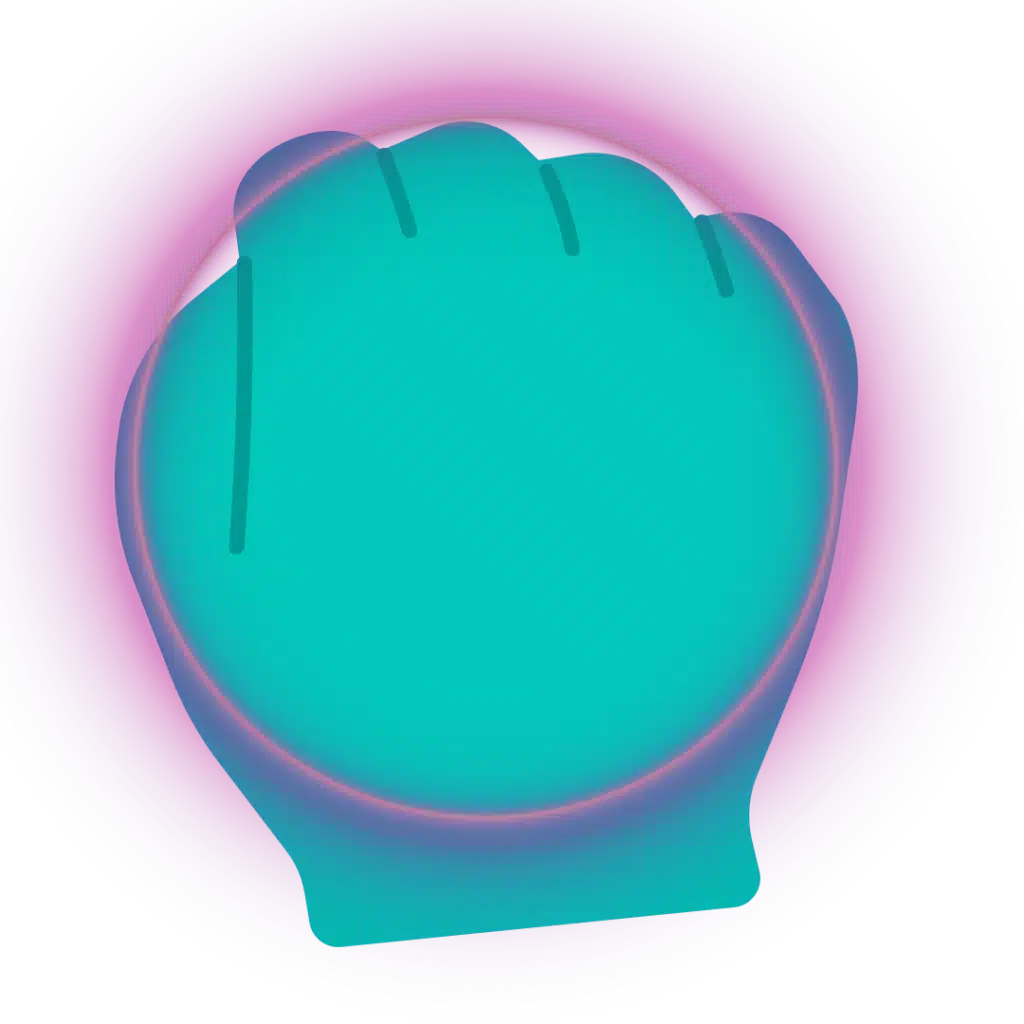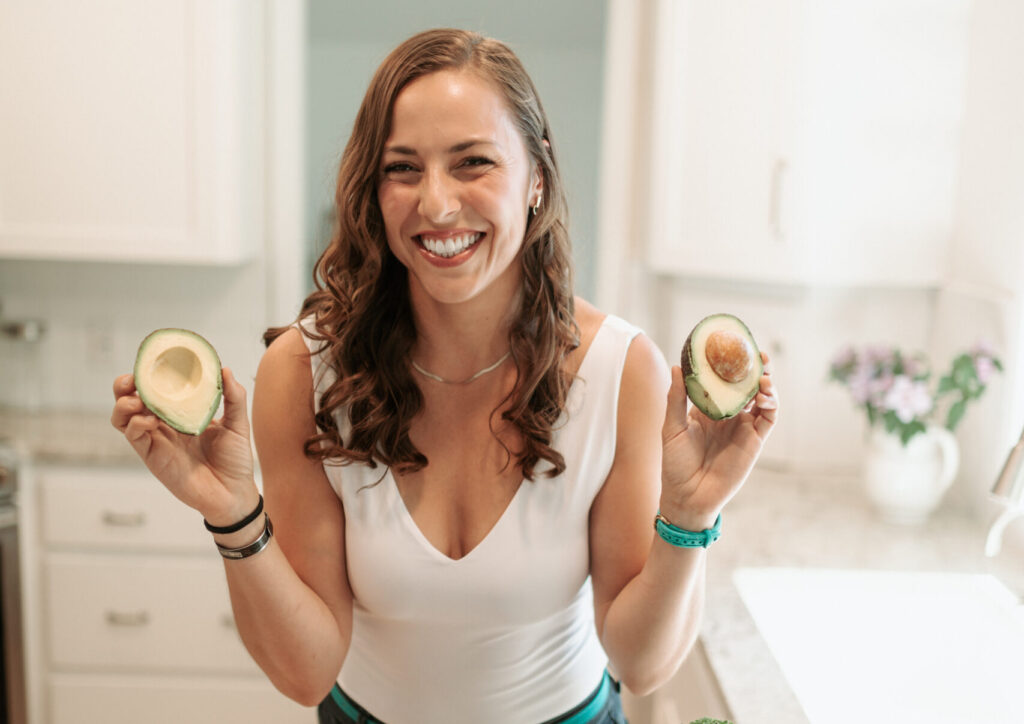Contents
Simple, Sustainable, and Anti-Inflammatory
Let’s talk about how to eat for midlife metabolism through an anti-inflammatory foundation — and how to simplify portions with one of my favorite tools: the palm-sized portion method.
As women move through their 30s, 40s, and 50s, the body begins to send quiet signals — sometimes subtle, sometimes not so much. Slower metabolism, new belly fat, fatigue, restless sleep, unexpected food sensitivities — none of it is random. It’s your physiology shifting into a new hormonal phase, and your nutrition needs to shift with it. The good news? You don’t need a restrictive diet or complicated food rules to feel vibrant and confident. You just need to nourish smarter.
Why Midlife Nutrition is Different
Hormonal changes during perimenopause and menopause don’t just affect mood or sleep — they directly influence your insulin sensitivity, muscle mass, and inflammatory response. As estrogen declines, inflammation tends to rise, making it easier to store fat (especially around the abdomen) and harder to maintain muscle.
That’s why a midlife nutrition plan should do three things:
- Lower inflammation naturally with nutrient-rich, anti-inflammatory foods.
- Stabilize blood sugar and energy by balancing protein, healthy fats, and carbs at every meal.
- Support hormone metabolism by feeding your gut, liver, and adrenal health.
Focus on Anti-Inflammatory Foods
An anti-inflammatory diet isn’t a trend — it’s a metabolic strategy that protects your cells, balances hormones, and promotes longevity. Here’s what to focus on:
🌿 1. Colorful Plants
Vegetables and fruits are loaded with antioxidants and polyphenols that reduce oxidative stress. Choose variety: kale, spinach, broccoli, cabbage, bell peppers, and brightly hued fruits like berries, cherries, and pomegranates.
🐟 2. Omega-3 Fats
Aim for 2 servings of fatty fish weekly — salmon, sardines, or mackerel — to help lower inflammation and boost mood and cognition. If you’re plant-based, flax, chia, and walnuts are great alternatives.
🫘 3. Fiber & Phytoestrogens
Beans, lentils, and flaxseeds help detoxify excess hormones and keep digestion smooth. They also contain phytoestrogens, natural plant compounds that gently support estrogen balance.
🥑 4. Healthy Fats
Extra virgin olive oil, avocados, nuts, and seeds balance blood sugar and provide essential fats needed for hormone production.
🍵 5. Herbs & Spices
Turmeric, ginger, cinnamon, and green tea all contain natural anti-inflammatory compounds. Think of them as your daily defense system in your cup or on your plate.
💡 Pro tip: Think of your plate as medicine — every color, fat, and protein has a purpose.
The Palm-Sized Portion Method
Here’s the truth — you don’t need to weigh, measure, or count calories to eat for results. Your hand is the perfect built-in portion guide because it’s proportional to you.
Here’s how it breaks down:
| Food Type | Portion Size | Example |
|---|---|---|
| Protein | 1 palm (about 3–4 oz) | Chicken, fish, tempeh, eggs |
| Vegetables | 2 cupped hands | Greens, roasted veggies, salad |
| Carbohydrates | 1 fist | Quinoa, fruit, sweet potato |
| Fats | 1 thumb | Olive oil, avocado, nut butter |




Two cupped hands of veggies, one palm of protein, one cupped hand of carbs, and one thumb of fat at most meals is a balanced, hormone-supportive ratio for most women.
🖐️ Why it works: Your hand size doesn’t change, it travels with you, and it reflects your body’s energy needs — no apps or scales required.
The Takeaway
For women in midlife, nutrition isn’t about eating less — it’s about eating smart. By building meals around anti-inflammatory whole foods and using your hands as your guide, you’ll:
- Feel more energized and less bloated.
- Support hormone balance naturally.
- Stay consistent without obsession.
If you’re ready to jumpstart your energy and reset your metabolism, start with something simple — like my Primed for Fat Burning Protocol or Beat the Bloat Plan. You’ll see how nourishing your body the right way can help you feel in control, confident, and fully yourself again.


